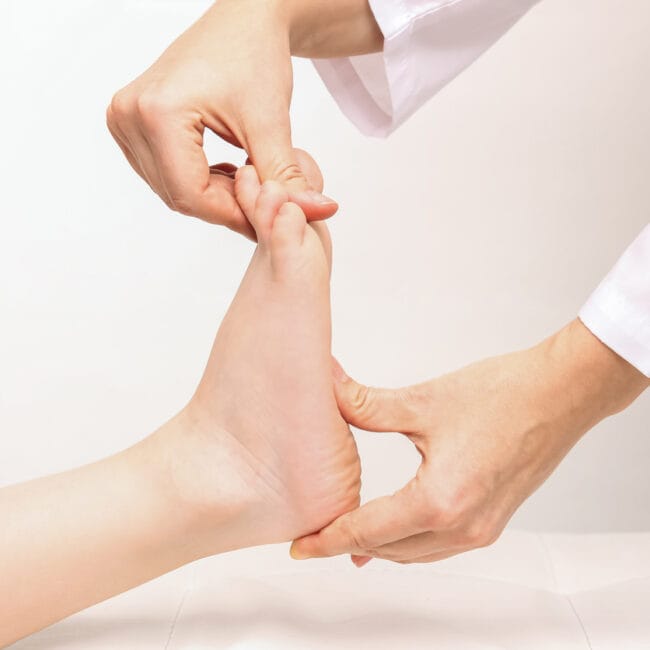Iliotibial band syndrome (ITBS) is a common overuse knee injury often affecting runners and sometimes cyclists. Pain is felt on the outside part of the knee when bending, and sometimes it causes referred hip pain.
It is important to be assessed by a chartered physiotherapist in order to rule out any serious pathologies, such as infection or any systemic illness. This is when the physiotherapist will ask you about your previous medical history, any recent changes and about the nature of your pain.
What is the Iliotibial Band (ITB)?
The ITB is a thick band of fascia (tissue) that runs along the outside of the thigh. It travels from your hip down to your knee and is an important stabilising structure of our knees in their range of motion, as the joint flexes and extends.
What causes ITBS?
There are two possible theories behind how ITBS develops. One is that there is friction between the ITB and the femoral condyle causing irritation and inflammation. The other theory is that a bursa underneath the ITB becomes irritated and inflamed.
But what causes this to happen? Some common causes are:
Long distance running
Running on roads or other surfaces that slope
A sudden increase in activity levels
Pedalling with your toes pointing inwards
Weak hip abductor muscles
What are the symptoms of ITBS
Sharp or burning pain on the outside of the knee, sometimes radiating into the thigh or calf.
Pain gets worse with running or coming down stairs.
May be audible snapping sensation when bending the knee.
May be swelling on outside aspect of knee.
Treatment options
Activity Modification – decrease the intensity of the aggravating activity. Try other non-aggravating physical activities, such as swimming.
Ice – for pain relief and to decrease swelling.
Foam Rolling/Myofascial Release – roll out neighbouring muscle groups such as hamstrings, quads, and glutes.
Exercises to strengthen the hip abductor muscles (demonstrated in video):
Hip hikes
Side lying hip abduction
Single leg step down
Single leg wall squat
Single leg hip hinge
If you have significant pain, swelling or would like further advice, visit our ITB page for further guidance.
References
- Lavine, R., 2010. Iliotibial band friction syndrome. Current Reviews in Musculoskeletal Medicine, 3(1-4), pp.18-22.
- Physiopedia. 2021. Iliotibial Band Syndrome. [online] Available at: <https: data-preserve-html-node=”true”//www.physio-pedia.com/Iliotibial_Band_Syndrome> [Accessed 14 January 2021].














